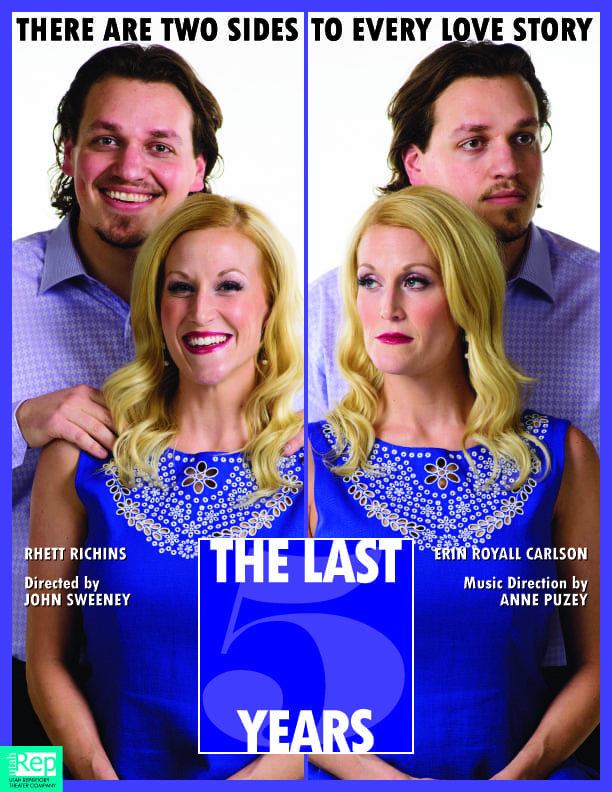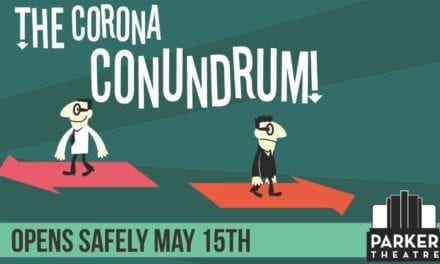In preparation for our the Utah Shakespeare Festival’s 50th anniversary, we’re resurrecting one of our readers’ favorite features: our 10 question interviews. Choosing Jo Winiarski for our first interview of the summer was a no-brainer. Last year I wrote about Winiarski’s set for Great Expectations saying that it was, “. . . almost an extension of Miss Havisham’s personality, and the assortment of platforms, stairways, ladders, and gates keeps the blocking fresh and likely made the director’s job of managing the complex story easier.” In this interview, Ms. Winiarski describes her theatrical philosophy, the challenges of being a scenic designer, and how she got her start in her field.
1. What is your title?
Set Designer
2. What show/shows are you currently working on?
Currently I am designing The Music Man, The Glass Menagerie, and Noises Off for the Utah Shakespeare Festival. I am also working on The Wiz at The Dallas Theater Center and a cruiseline show.
3. In one sentence, describe your job.
I design scenery.
4. What skills are necessary for a person in your position?
A designer needs two different sets of skills. They need to have the technical skills of drafting and model making as well as the artistic skills of drawing and design.
5. What kind of training did you go through to get to your position?
I have an MFA in design from NYU. I also worked for many years as the Associate designer to Beowulf Boritt.
6. What was your first job in theater?
My first professional job was as an actor in a production by Gale Gates et al. in NYC. The show was Wine Blue Open Water, a retelling of The Odyssey in a 35,000 sq. foot empty floor of an office building down on Wall Street. I was the narrator. My first involvement in theater was when I was cast as Freida Fastalk in The Runaway Snowman in the second grade.
7. Why do you think theater is important?
I think theater is important for the same reason all art is important. I think that theater and art are one of our only means of reflecting on ourselves as a society. Brecht has that great quote, “Art is not a mirror to hold up to reality, but a hammer in which to shape it.”
8. What is your profession’s greatest challenge today?
I am a freelance artist, a business of one. By being a member of United Scenic Artists I am able to have health insurance. The ability for the Union to provide affordable insurance to its members is becoming more and more a challenge as health insurance costs continue to rise. I think it is very scary for a young artist to decide to be a theater designer as becoming a union member who works enough to qualify for insurance is a long road. Health care is one of the most pervasive problems facing artists today.
9. If you could change just one thing about the industry with the wave of a magic wand, what would it be?
I would increase subsidies to the arts to allow for lower ticket prices. I wish theater could be a more mainstream form of entertainment.
10. What advice would you give to someone who wanted to do what you do?
I would encourage them to get a solid liberal arts education with a focus on art history. Then assist someone and eventually go to graduate school.




